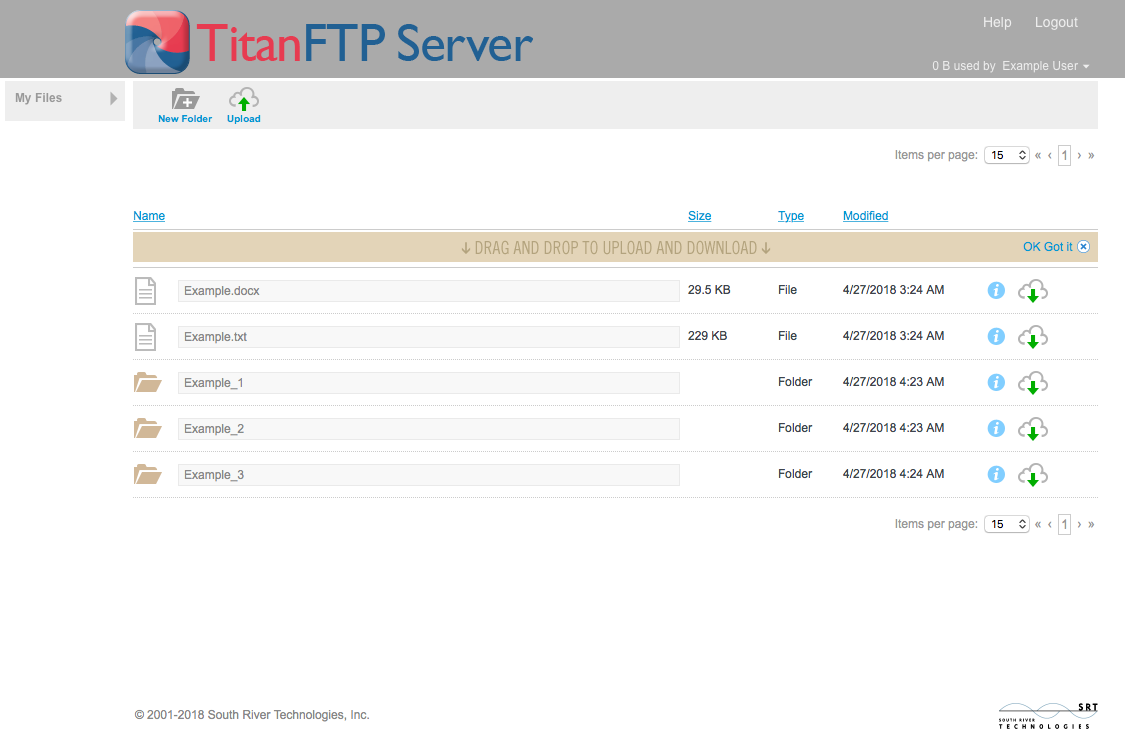RAID 5 is a combination of drives that has incorporated in Level 5 (or stripped with parity) of RAID configuration to write data across 3 or more drives. Combination of different drives makes volume. Minimum of 3 drives, but of same capacity, are required to create RAID 5 volume. In RAID 5 configuration, the extra data is written to the disk. When any event leads drive failure, the disk on which the data has been written or volume operates in degraded state with no fault tolerance. And when a failure drive is replaced with a new one, the volume 5 (RAID 5) parity data is used to restore data of failed drive on new drive. RAID 5 is stripped disk with distributed parity. That is why RAID 5 volume is termed as recovery technology because it provides protection against drive failure.
RAID 5 software and hardware configuration
RAID 5 recovery technology comes in both hardware and software form. Hardware based RAID 5 configuration uses PCI RAID controller card that utilizes it to maintain and store the information about hard drives. The PCI card can either be built in system’s motherboard or can be a standalone card. Software-based RAID 5 configuration is a disk management utility. Hardware is a disk controller whereas RAID software is a kernel with disk management utility to implement RAID technology, but without using any additional hardware.
Pros and cons of RAID5 recovery technology
RAID 5 recovery technology provides easy access to lost or corrupted data, offering fault tolerance. In RAID 5, the data is written or stripped across all drives in arrays along parity data. If one drives fail to operate, the others will continue functioning as strip volume, but with no data loss. The corrupted data will be stored on array of same or more capacity and will be restored when the failed drive is replaced with a new one. The disadvantage is that in RAID 5, immense storage space is provided to parity data that can be utilized for any other storage purposes. For example, 3 drives of 300GB in RAID 0 are combined to make a drive of 900GB, but in case of RAID 5 only 600GB storage capacity would be available and rest 300GB will be for parity data. Secondly, if 2 drives fail simultaneously, the users will be unable to access all the data there on the volume.
Data recovery from reformatted RAID 5 drive
Data recovery depends on how the drive has been formatted. In case of windows, when we format the drives they appear clean to us, but in actual, the data is still there in free and available space. In case of RAID 5, if the drive has been formatted via RAID 5 controller utility, it will wipe out your entire data.









Comments